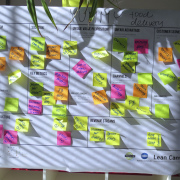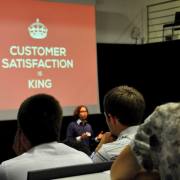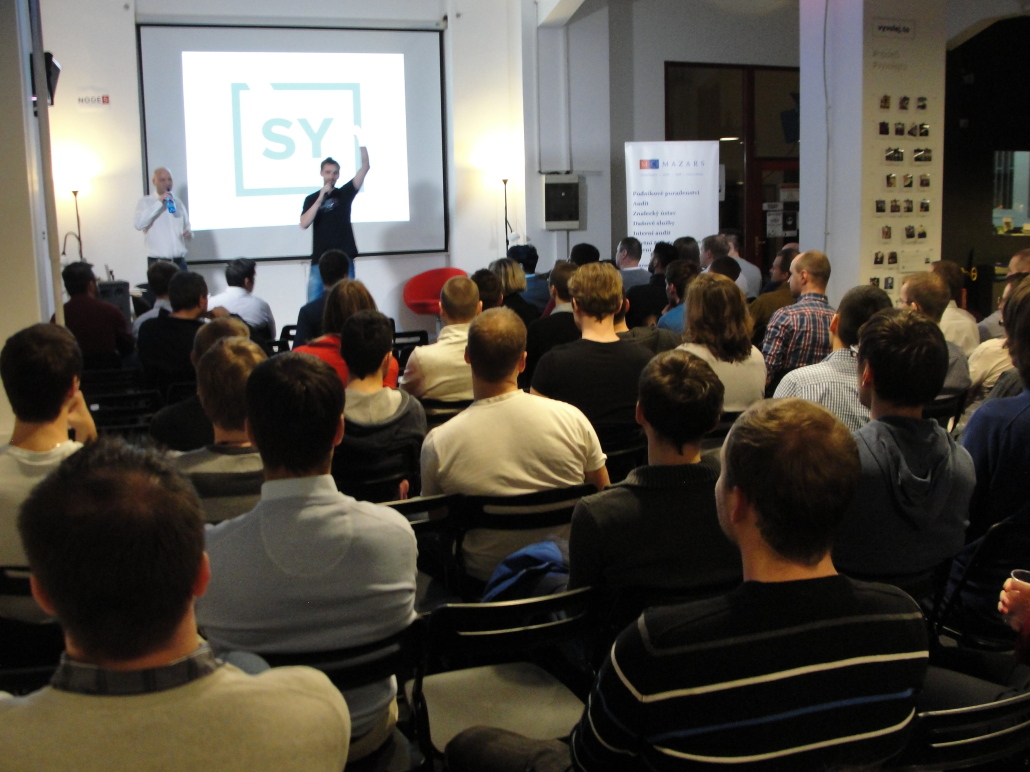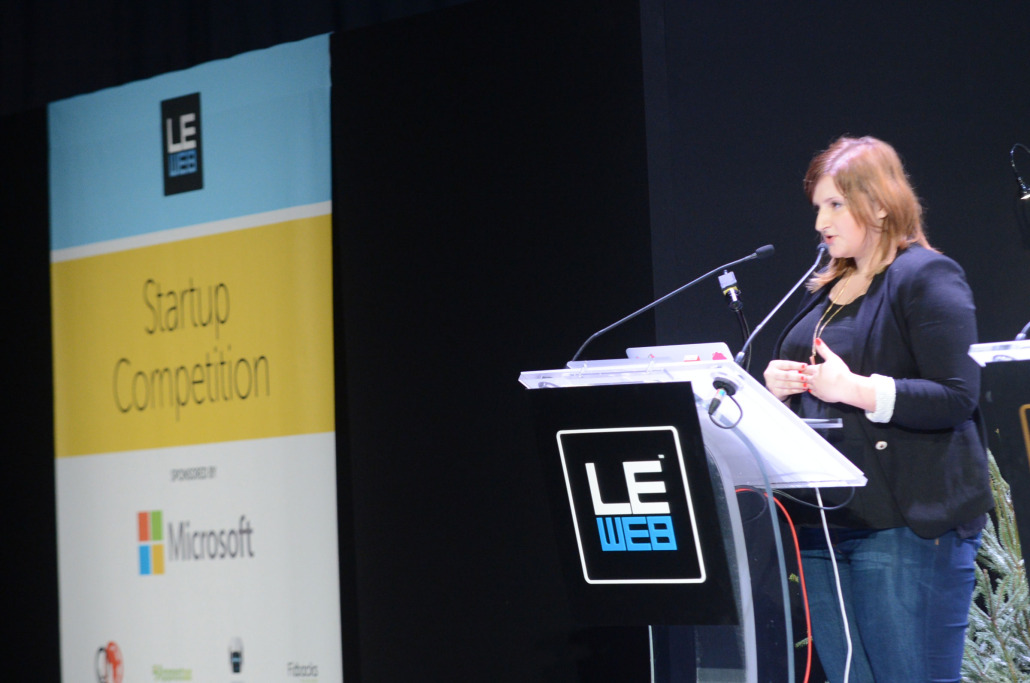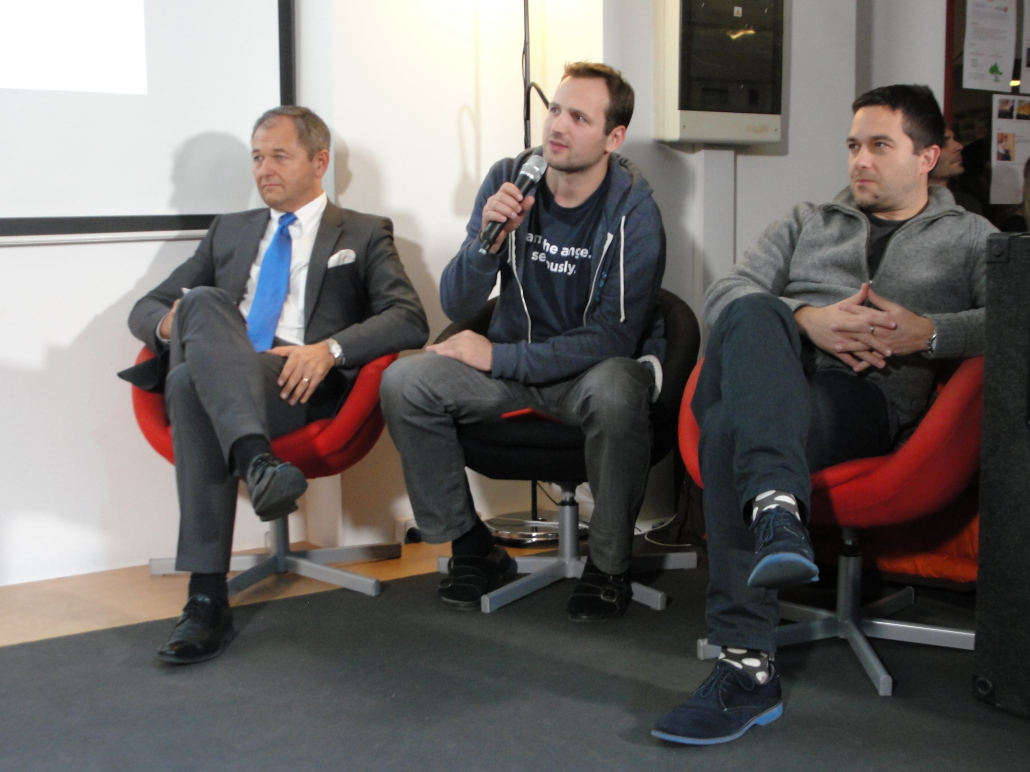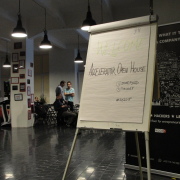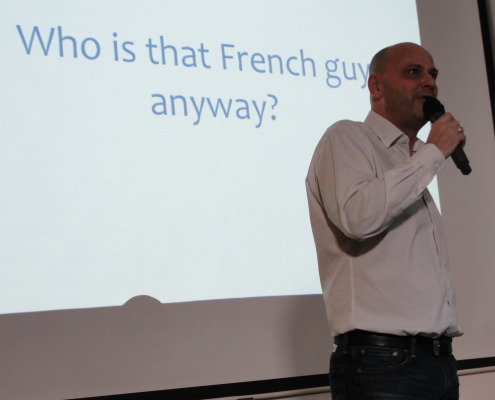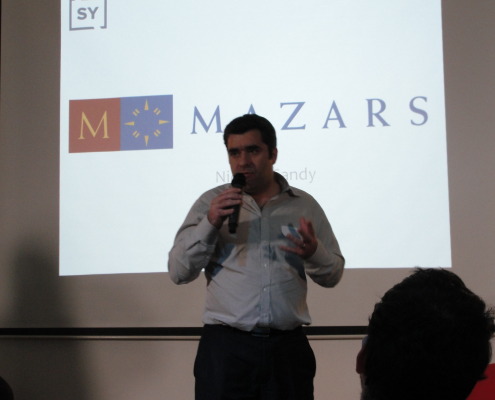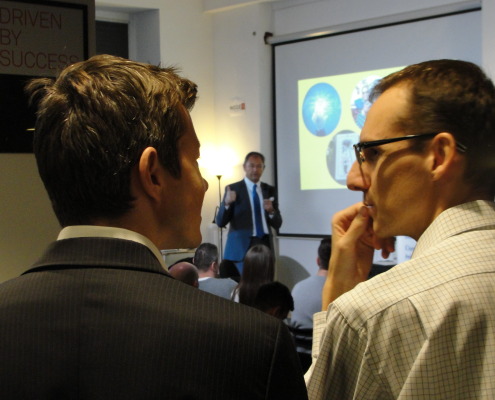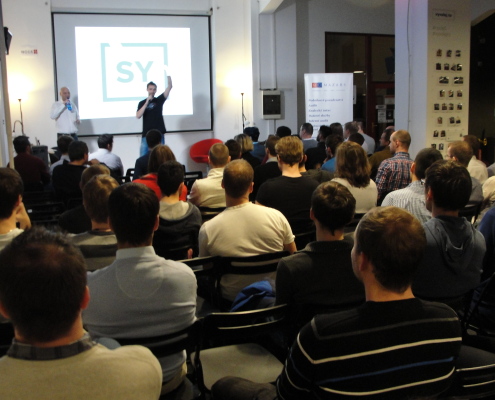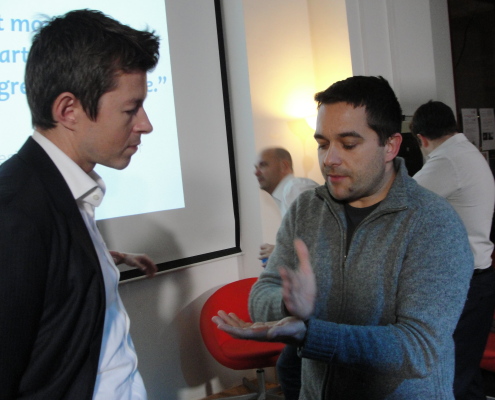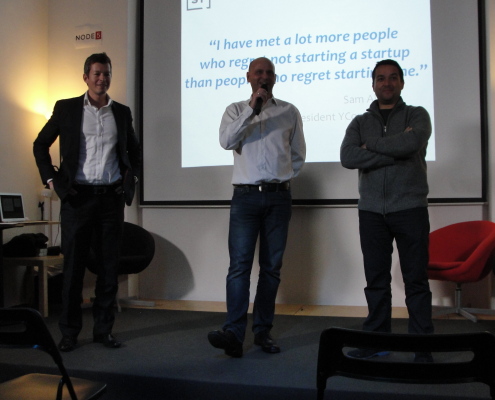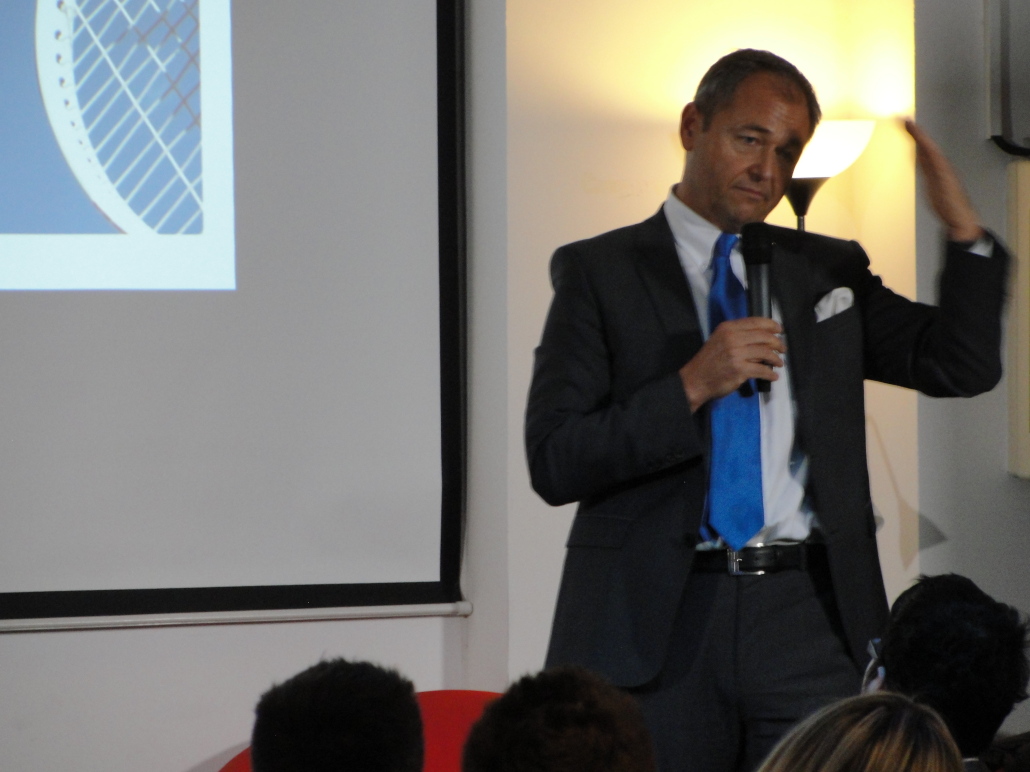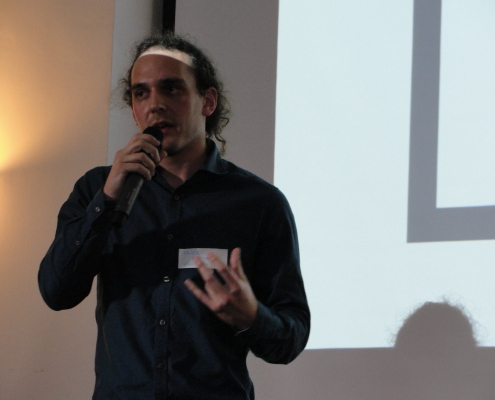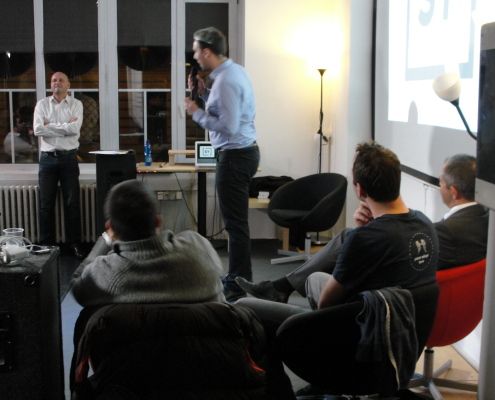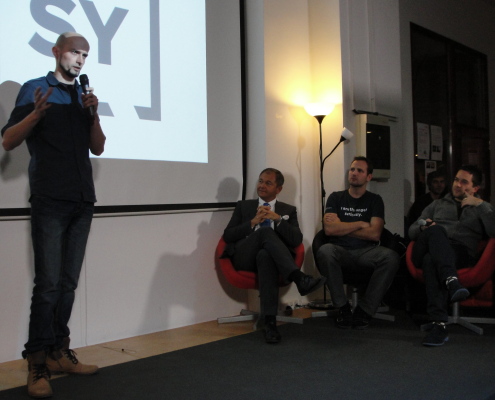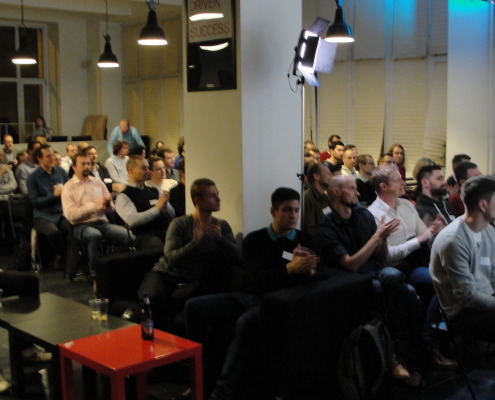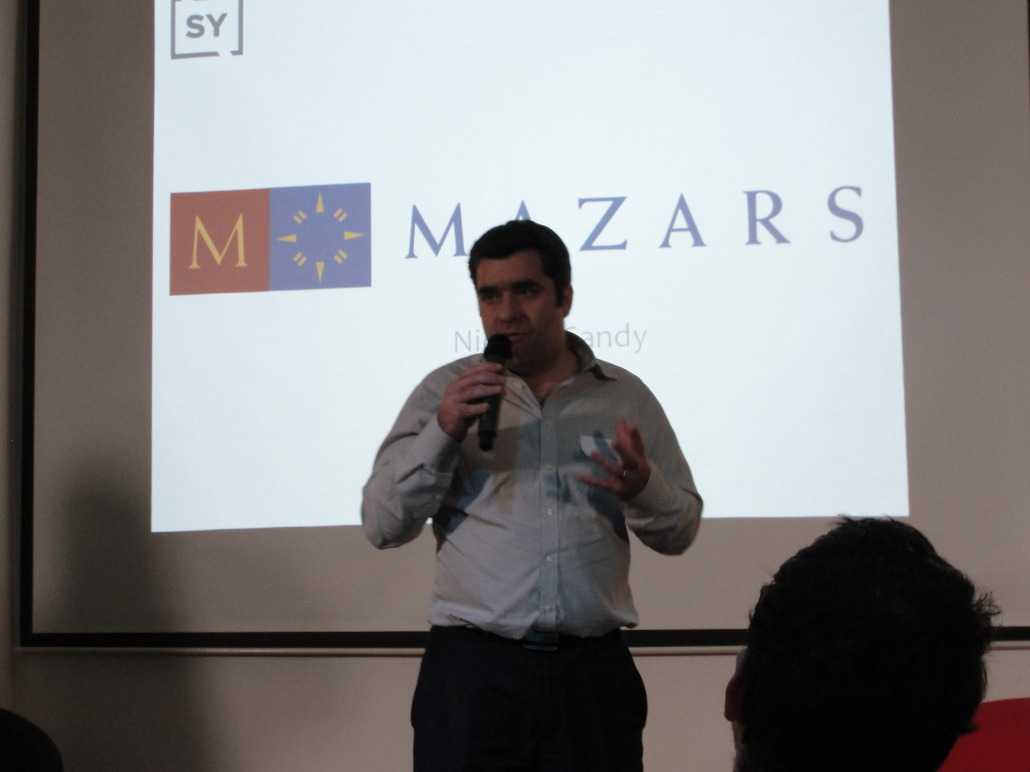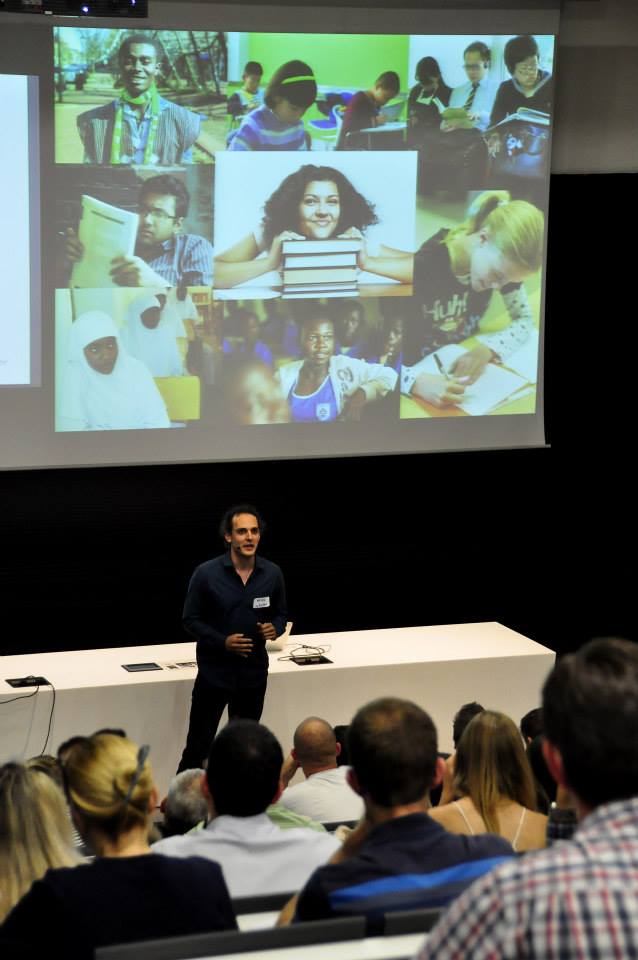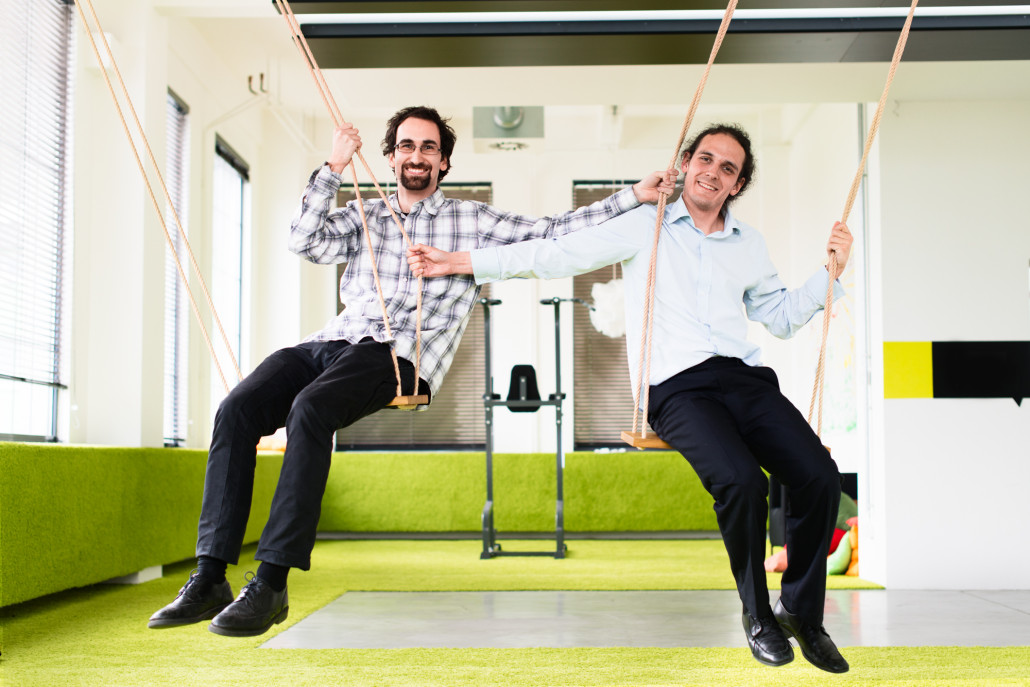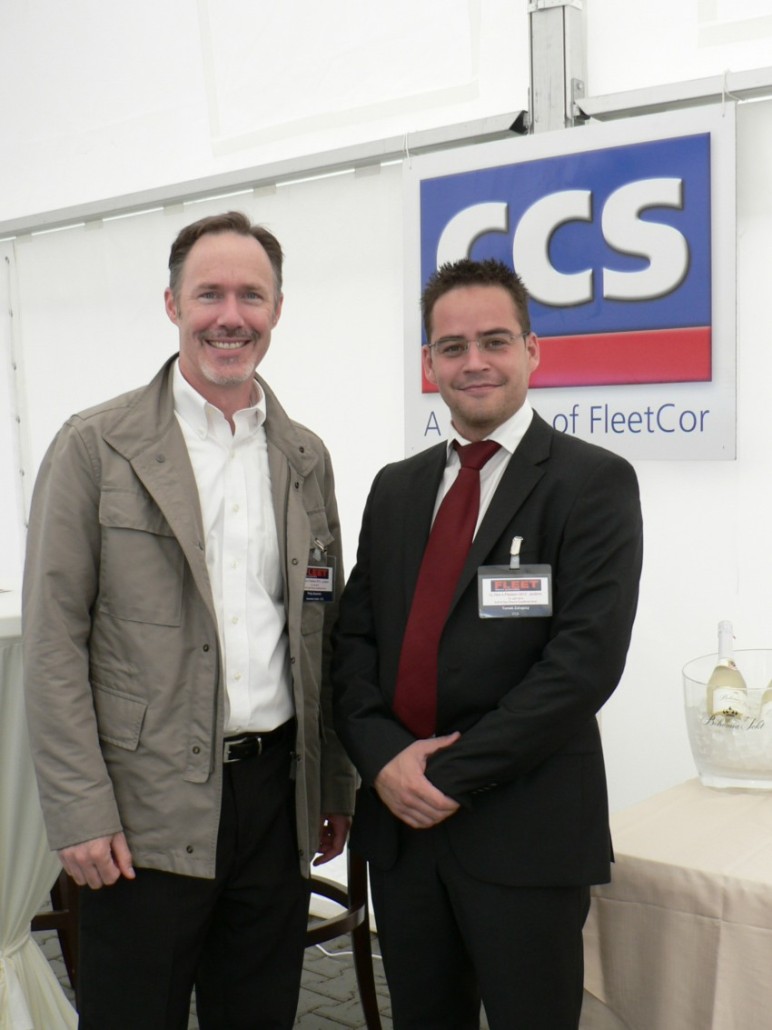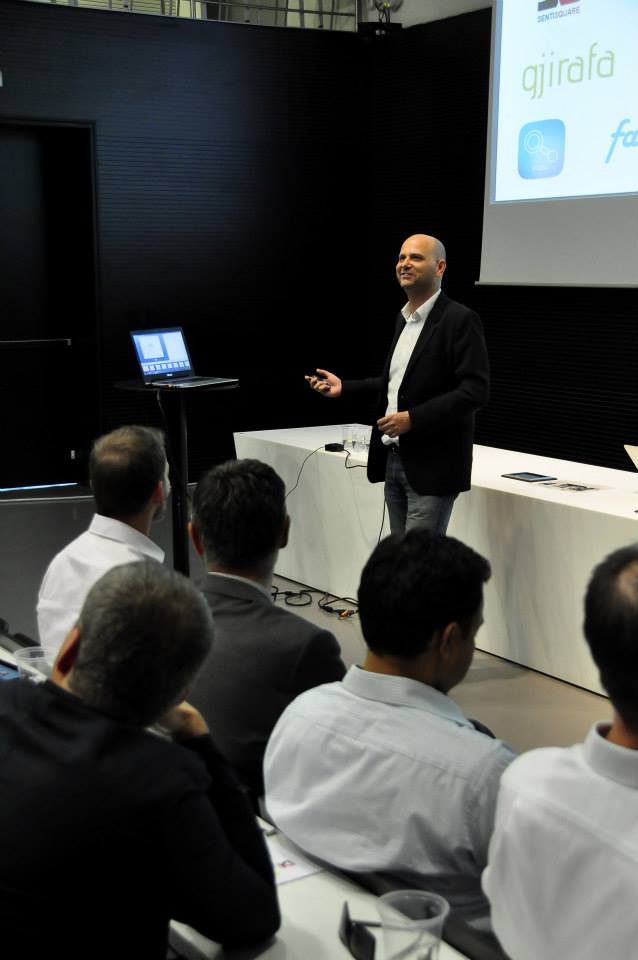StartupYard’s 2015 Applications Are Now Closed. Here’s What We Learned.
StartupYard closed its applications on Monday for the March 2015 accelerator round. As you probably know, 10 teams will now be selected by a careful selection process, and these teams will receive €30,000 and spend 3 months in our mentor-driven accelerator at Node5. In addition, €250,000 will be available for follow-on seed financing for the teams that show the most promise through the course of our program.
We’re excited to get started, and we hope you are as well. We can tell you that we received over 200 applications in total, which is 4 times the number we received for the last round. and that most countries in Central Europe were represented.
Here is a map of applicants:
Where did Applicants Come From?
We were certainly not surprised that, combined, over half of our applicants come from the Czech Republic and Slovakia. Interestingly, Slovakia in total provided the most applicants of any country, with the capital, Bratislava, submitting 30 applications on its own. We had expected this position to be occupied by The Czech Republic, with the largest number of applicants coming from Prague, our home base. Nevertheless, just these two countries combined submitted more applications than our total for last year, and each far exceeded their application numbers over the previous round.
We also saw applicants in significant numbers for the first time from The UK, Germany, and Italy, 3 countries in which we did not focus promotion for StartupYard.
What Surprised Us?
With an increased interest in all things Startupland, as demonstrated by Startup Lithuania’s impressive presentation at Slush this year, Lithuania was the surprise dark-horse winner for 3rd most applicants. With all of them coming from Vilnius, that city out-applied Brno, and Kolosice, the two second largest cities in The Czech Republic and Slovakia, respectively. Lithuania’s applicants approached 10% of our total, thanks in part to their promotion of StartupYard to their early stage startups. If these teams are anything like what we saw in Helsinki, we’ll be happy to have them at StartupYard.
It was also a slight surprise that we received no finished applications from Poland at all. But on the other hand, Poland is forging an important and powerful argument for its own accelerators, many of which do work very similar to our own. We had hoped for a few applicants from Poland, but we did not focus our energy on recruiting there.
What Have We Learned?
Tripling our seed funding this year doubtless increased interest in StartupYard as an option for early stage startups. So just as the total number of applicants increased, so did the volume of communication we received. Both via email and in person at conferences and events across Europe, we encountered some new questions. I plan to write about these more in an upcoming post, but I’ll briefly mention them here.
What is an Accelerator to You?
As tech accelerators are becoming more common in Europe, and in Central Europe, shared concepts and methodologies are still being hashed out. At the Numa Accelerator Summit last week, for example, it became clear that European accelerators do not often even agree on what the mission of an accelerator is, or on what metrics we should measure our success.
In France, for example, startups seem to view accelerators more as incubators, with dashes of seed funding and a bit of guidance. This is reinforced by the growth of “corporate accelerators” in the region, which draw their talent from the corporate workforce, and not necessarily from self-starting entrepreneurs. These “accelerators,” function more as in-sourced R&D teams that are segmented away from their typical corporate structures, to give them a measure of freedom- but not too much. Few others at the summit took entrepreneurs as young as StartupYard’s, and I did not talk to any others who ran as intensive a program as we do.
Differing Expectations
A common reaction to StartupYard’s investment terms in Finland and France, where I have spoken personally to dozens of startup founders was shock: “10% equity?” I had this reaction from startups who compared our equity terms to those of TechStars, which is not a constructive comparison to begin with. A few of the same teams who reacted with shock to our terms also revealed that they had not been accepted to TechStars, which is much larger than StartupYard, and also requires that a project be much further along. Others were still bootstrapping their products, and had no investors- yet they worried over an equity stake, as if there was a great deal of money already in play.
We’re serious when we say that for us, the team is the most important thing. We have seen projects change drastically in our program, and that is often because teams join us at a time where our mentors have the greatest chance of a positive influence on their direction. So comparing us with an organization that gives twice the money we do, and takes half the equity, is not really appropriate- especially when that program only takes teams that have very evolved proofs of concept. At StartupYard, we invest money in your team so that you can make it through 3 months with us, and have a chance to build some runway, and get more investors. Our investment of greatest value is our mentorship, and our time- not the funds or perks that we provide.
Don’t get us wrong here: there is enormous value in what larger accelerators do, and the startup ecosystem needs them. But it needs us too. And for a generation of people who are now being taught that entrepreneurship is how they will craft the future and build their careers, outreach to younger startupers is needed now more than ever.
In Bucharest, in Vilnius, in Bratislava and in Prague, this is a message that is reaching the right ears. Entrepreneurs in these regions are hungry for opportunities like the ones we offer, and investors are keen to connect with those types of people. In western Europe, the situations is more complex. There are probably thousands of young entrepreneurs in France, the UK, Germany, and Poland who need and want exactly what we provide, but in these larger markets, the message of what an accelerator does seems to be dominated by the money, and by the few accelerators who give the most. It’s not surprising, but it’s definitely a new and interesting challenge for us, as we are arguing our case, more and more, in a broader conversation about what our mission should be.
As we grow as an accelerator, we too will have access to more investors. We too will become more selective. That is how we will best be able to serve our local ecosystem, and our own investors. We have to grow as our region grows. But we need to make a strong case now for the accelerators and incubators who will follow us down this path- that the kind of work we do is still vital, and will be vital in the future, even if we ourselves move on and grow past it.
Infographics for this post were made with Tableau. It’s a cool tool, so check it out.
